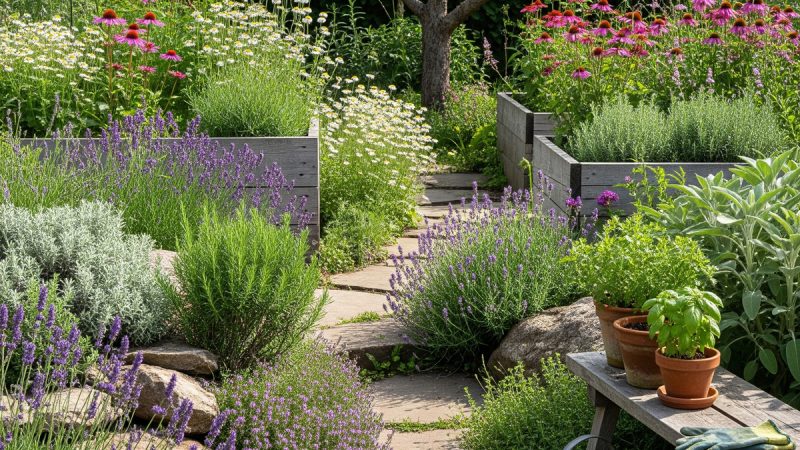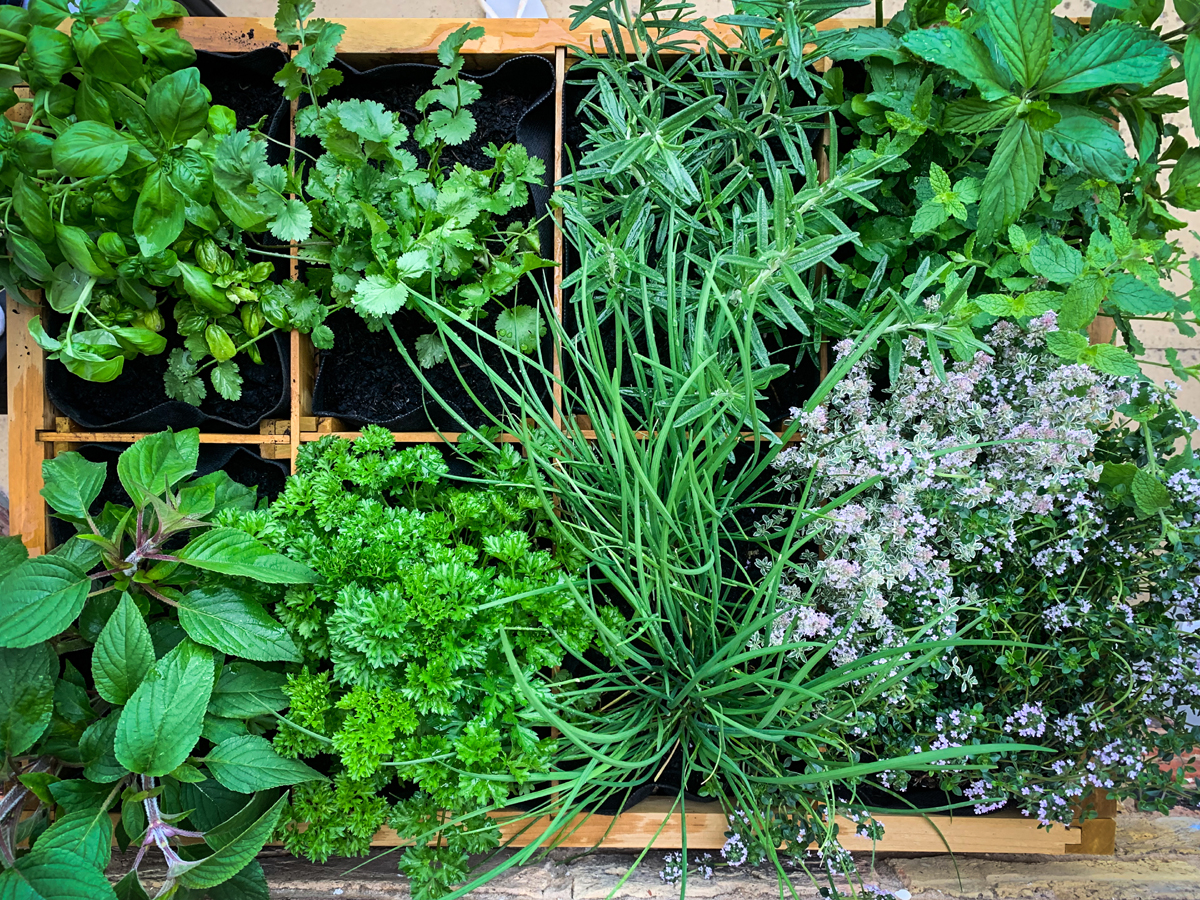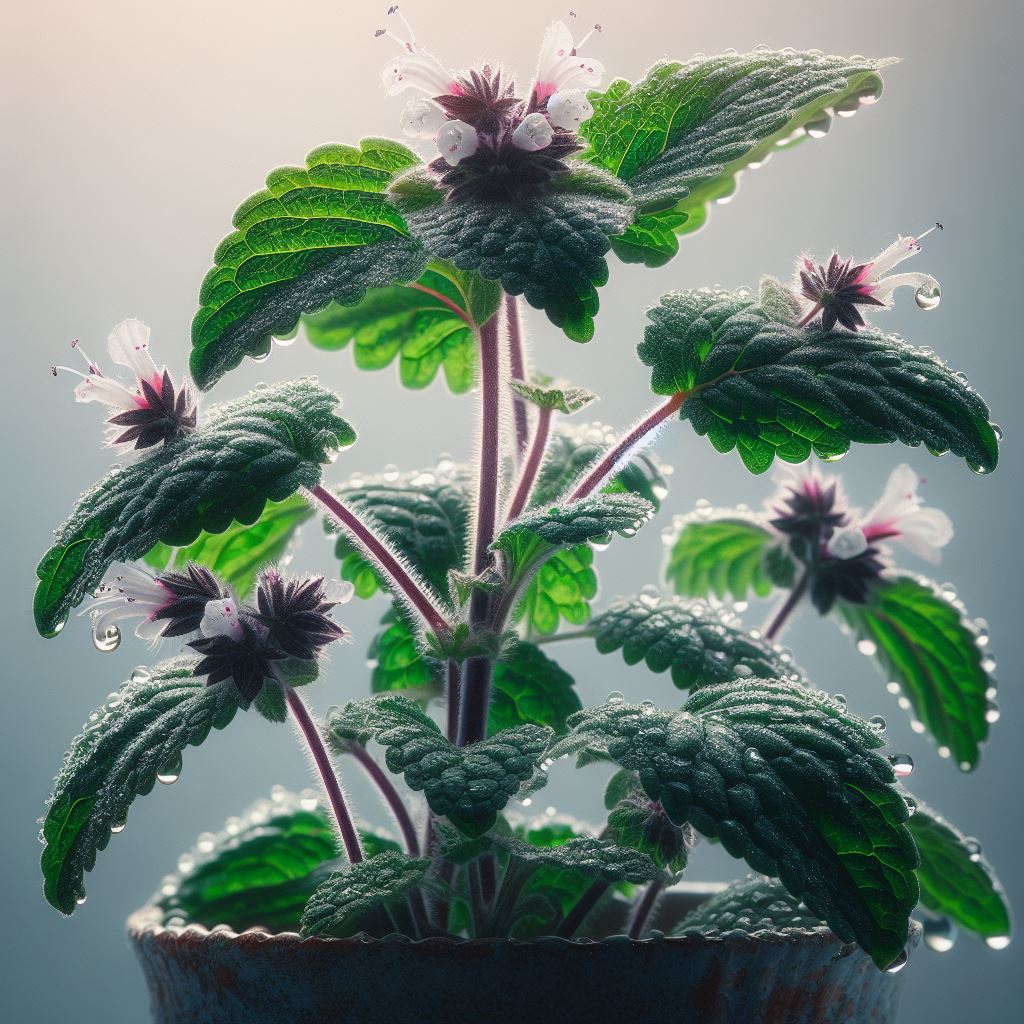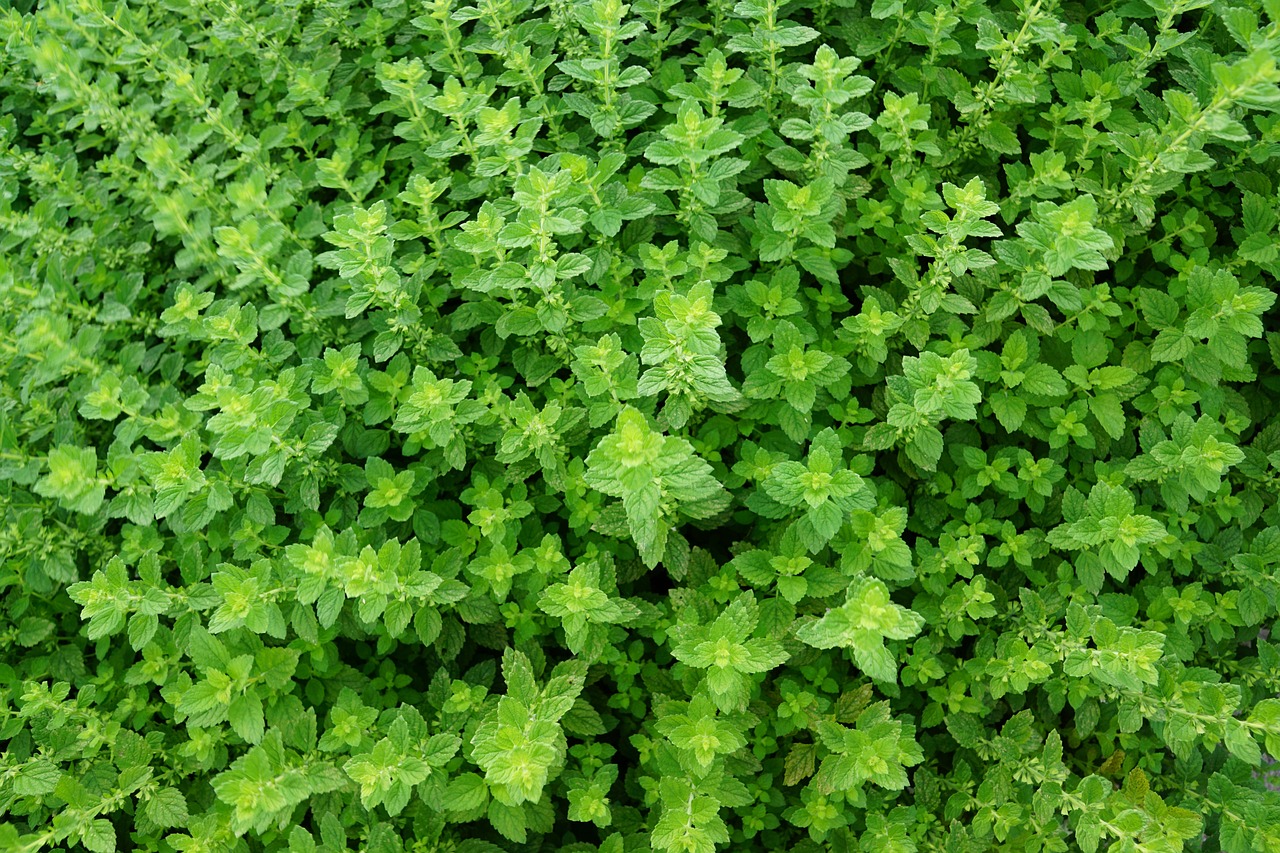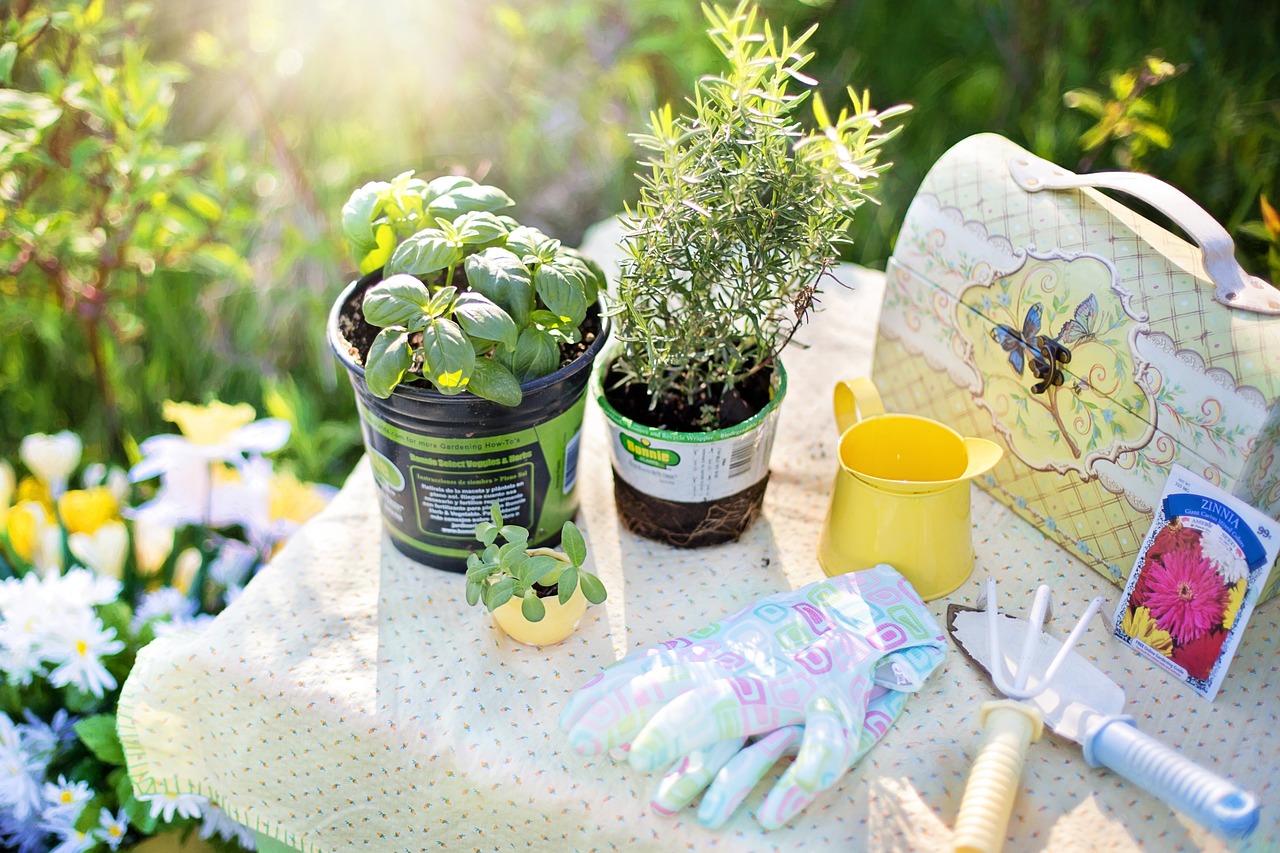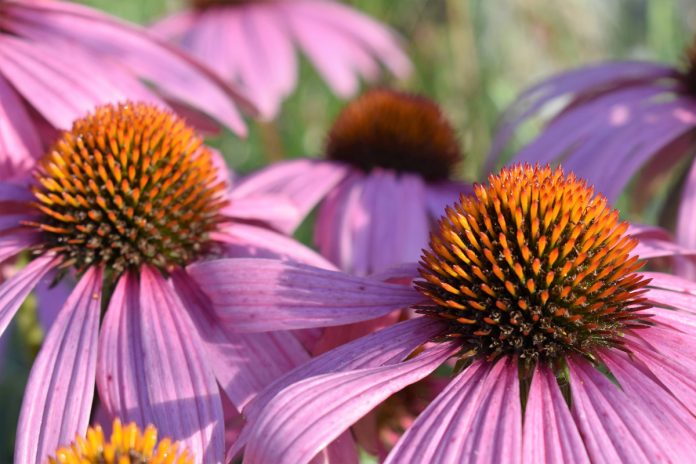Herb Garden Plants – Thyme
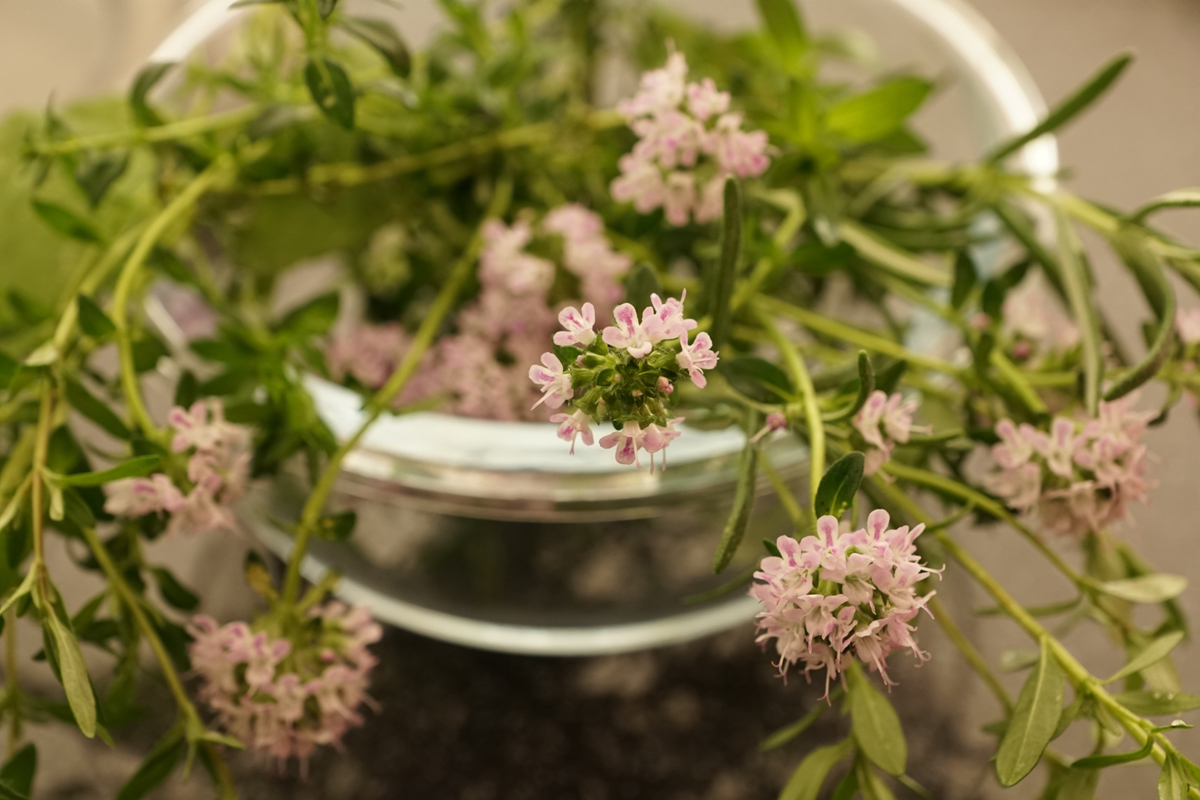
Thymus species (Labiatae)
Appearance
Common or garden thyme reaches mature growth in the shape of a 25 to 35cm high round cloud, as opposed to the rest of the thyme clan which present in the form of a 75mm high (3inch) ground covering or low border – for which purpose they are used most often.
History
Thyme is an essential addition to your arsenal of herb garden plants. Apart from the culinary virtues of thyme, it is also used for making preservatives using thymol – an essential oil harbored in the thyme plant.
Common or garden thyme (T. Vulgaris) is the culinary star, but like the mint family, thyme has many disguises: notably lemon thyme and caraway thyme, which are used as decorative plants that also serve a culinary function. Smell them to see why; the thyme aroma is distinctive.
Usage Culinary
The strong aroma of these herb garden plants survives preservation by drying or freezing. Thyme is particularly useful for venison or other game as it’s flavor smoothes the wild taste and survives the slow cooking process. Exercise caution when using thyme for normal dishes; although an essential element in bouquet garni, the strong flavor can overwhelm many dishes when used as a stand-alone herb in a recipe.
Thyme is traditionally used in:
- Cooked meats
- Stews
- Fish dishes (Lemon thyme)
- Vegetable soups
- Stuffing (Chicken, rolled and boned pork, rolled beef)
- Terrines
- Sausages
Cultivation
Well drained, lime-rich and dry soil in a sun-drenched spot are what these herb garden plants need. It is good practice to plant thyme in pots in order to move them indoors or to a sheltered spot in winter, especially in a winter rainfall area which may experience excessive dampness. Even in areas that experience a mild winter some shelter is advisable. This may mean planting the thyme separately from your other herb garden plants.
Harvesting
For the best results, harvest thyme prior to the plants flowering. Use a shaded warm spot to hang sprigs up to dry or alternately place them on kitchen paper or clean cloth.
Propagation
Cuttings taken prior to flowering grow well, or propagate them from Spring-sown seed. Plant seedlings out to 75mm. (3 ins.) when convenient to handle.
The Author:
Pete Steel has grown herbs for 25 years in several different climates and soils.

